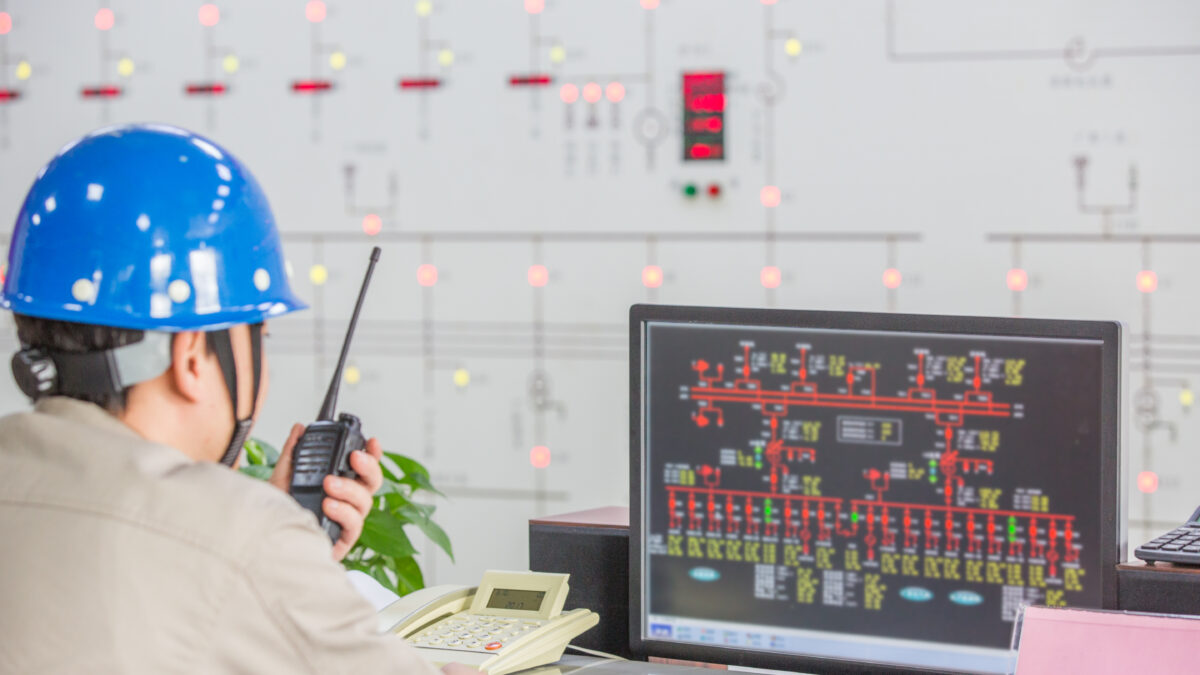Modbus RTU (Remote Terminal Unit) is a widely used communication protocol in industrial automation and control systems. It allows for the exchange of data between devices, such as sensors, programmable logic controllers (PLCs), and supervisory control and data acquisition (SCADA) systems. To ensure the smooth and reliable operation of Modbus RTU communication, thorough testing is essential. This article explores various methods and tools used to test Modbus RTU communication, including RTU simulators and test sets, with a focus on ensuring accurate data exchange and diagnosing communication issues.
- RTU Simulator for Testing:
An RTU simulator is a valuable tool for testing Modbus RTU communication. It emulates the behavior of a Modbus RTU device, allowing users to simulate data exchanges and test the functionality of the system. With an RTU simulator, users can generate requests and receive responses to validate the communication protocol’s accuracy and reliability. This enables comprehensive testing in a controlled environment, without the need for physical devices.
- RTU Test Set for Verification:
An RTU test set, also known as a Modbus tester, is another useful tool for testing Modbus RTU communication. It allows for the verification of Modbus RTU messages and the monitoring of data exchanges between devices. RTU test sets typically provide features such as the ability to send and receive Modbus commands, view raw data packets, analyze error responses, and measure response times. These functionalities assist in diagnosing communication issues and ensuring compliance with the Modbus RTU protocol.
- Interoperability and IED Communication Testing:
When integrating Intelligent Electronic Devices (IEDs) into a Modbus RTU network, interoperability testing becomes crucial. IEDs, such as protective relays and smart meters, must communicate seamlessly with other Modbus RTU devices. Testing the interoperability of IEDs involves verifying their ability to correctly interpret Modbus commands and exchange data with other devices. This testing ensures the reliability and compatibility of the entire communication network.
- Data Integrity and Error Checking:
To ensure accurate data exchange, Modbus RTU communication testing should include validating data integrity and error-checking mechanisms. This involves testing the checksum or cyclic redundancy check (CRC) values in Modbus messages to detect transmission errors and ensure data accuracy. Additionally, verifying the appropriate data types and registers for specific data points is essential to prevent data corruption or misinterpretation.
- Physical Layer Testing:
Testing the physical layer of Modbus RTU communication is crucial for diagnosing issues related to cabling, grounding, and electrical noise. Physical layer testing involves verifying proper termination, checking cable connections, and measuring signal quality. Oscilloscopes, cable testers, and other diagnostic tools are used to analyze electrical signals and ensure reliable transmission.
Conclusion:
Thorough testing of Modbus RTU communication is essential for ensuring reliable data exchange and diagnosing any communication issues that may arise. By utilizing tools such as RTU simulators and test sets, users can validate the accuracy, interoperability, and data integrity of their Modbus RTU networks. Additionally, conducting physical layer testing and verifying error-checking mechanisms contribute to the overall reliability of the communication system. By following these testing practices, users can ensure the smooth operation of Modbus RTU communication and optimize the performance of their industrial automation and control systems.


